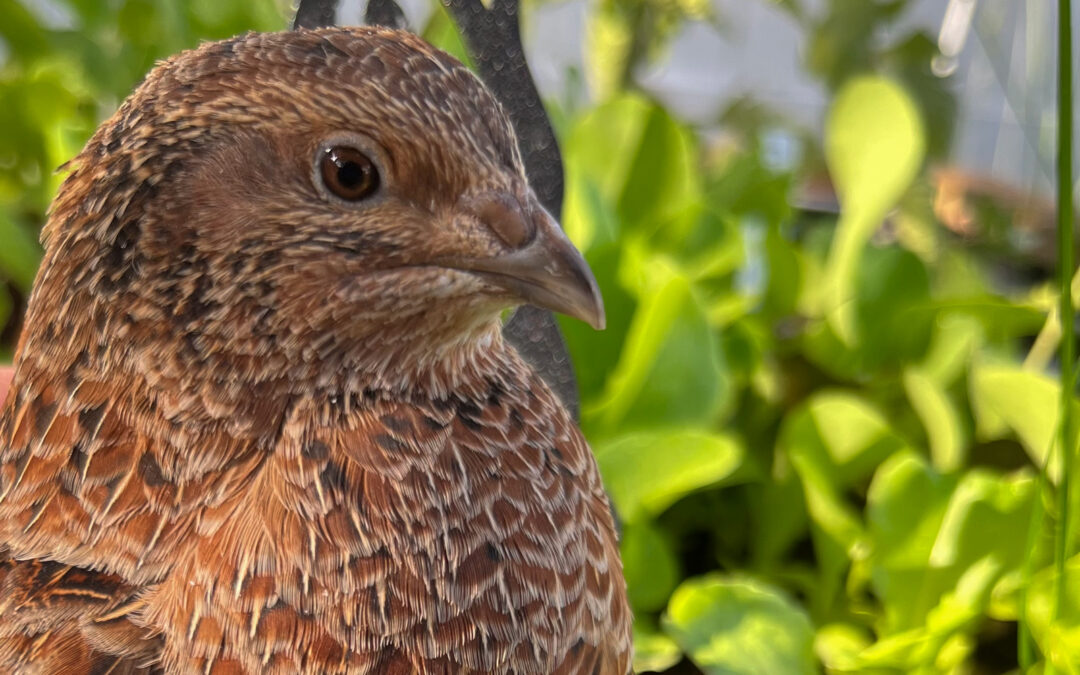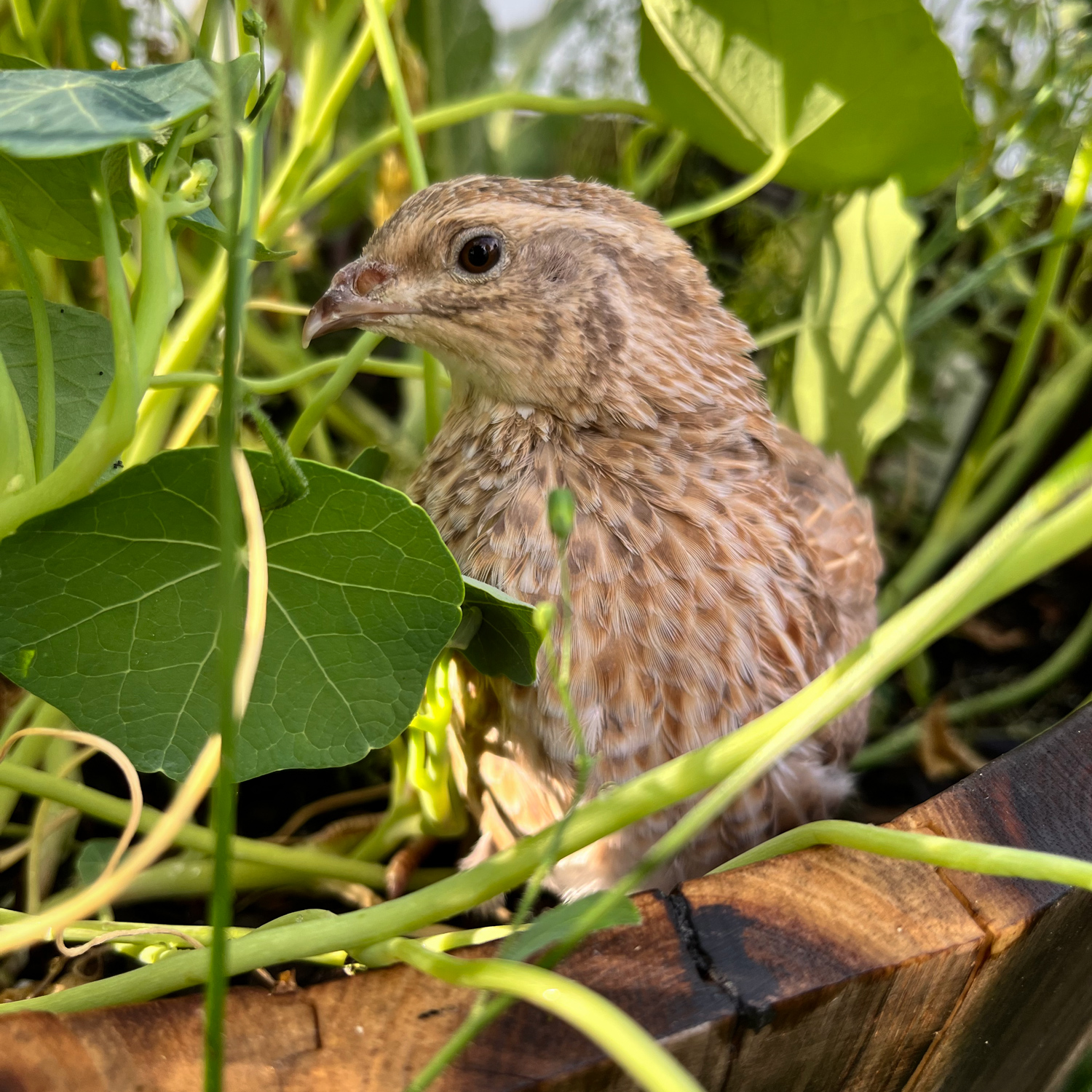
I constantly sing the praises of these tiny little birds to anyone who will listen, and firmly believe that no backyard homestead or full-fledged farm is complete without them. Here are my top 10 reasons to keep Coturnix quail:
1. They are small, and require very little space compared to other types of poultry and fowl. Because of this, they don’t take up much room on your property. Most people recommend that you run one square foot of space per bird. I have found that my birds are happiest with about ½ to one full square foot of space per bird, so you can definitely learn as you go and see what works best for your own birds. Due to their small size, they don’t require as much hands-on clean up as chickens. Coturnix also eat much less than chickens, though they do have a voracious appetite for their small size!
2. They are quiet, so they do not tend to draw unwanted attention from neighbors or HOAs. While males do crow, I find that they crow less often when they are kept with a group of hens. Additionally, their crows are typically more quiet than a chicken, and can often be mistaken for a wild bird in the distance. My current rooster only crows a few times at dusk, and I always try to make sure I am outside to hear it, as I love the sound of his calls.
3. Quail require very simple housing. Unlike chickens, quail cannot be kept in an open coop, nor can they free range. They do best in fully enclosed spaces because they are extremely vulnerable to predators. Though my birds are given ample space, I find that they are happiest when they are in close proximity to their flock mates, so I do not feel the need to put them in an extremely large or elaborate enclosure. You can very easily modify small chicken coops, rabbit hutches, or greenhouses to house your Coturnix quail.
4. Coturnix are quick to mature, so you don’t have to wait very long for meat or eggs. Depending on the time of year, hens will begin to lay at about 6-8 weeks of age. You can also process grow outs for meat around the same timeframe.
5. They are easy to process, and you don’t need lots of specialized equipment on butchering day. A few sharp knives, cutting boards, clean work spaces, and receptacles are typically enough to do the trick. If you decide to pluck feathers, that will add a bit of time, but their small size makes for quick work.
6. Their meat is delicious and highly nutritious. Quail meat is particularly high in protein, calcium, iron, and zinc. It is also a great source of both Vitamin C and Vitamin A.
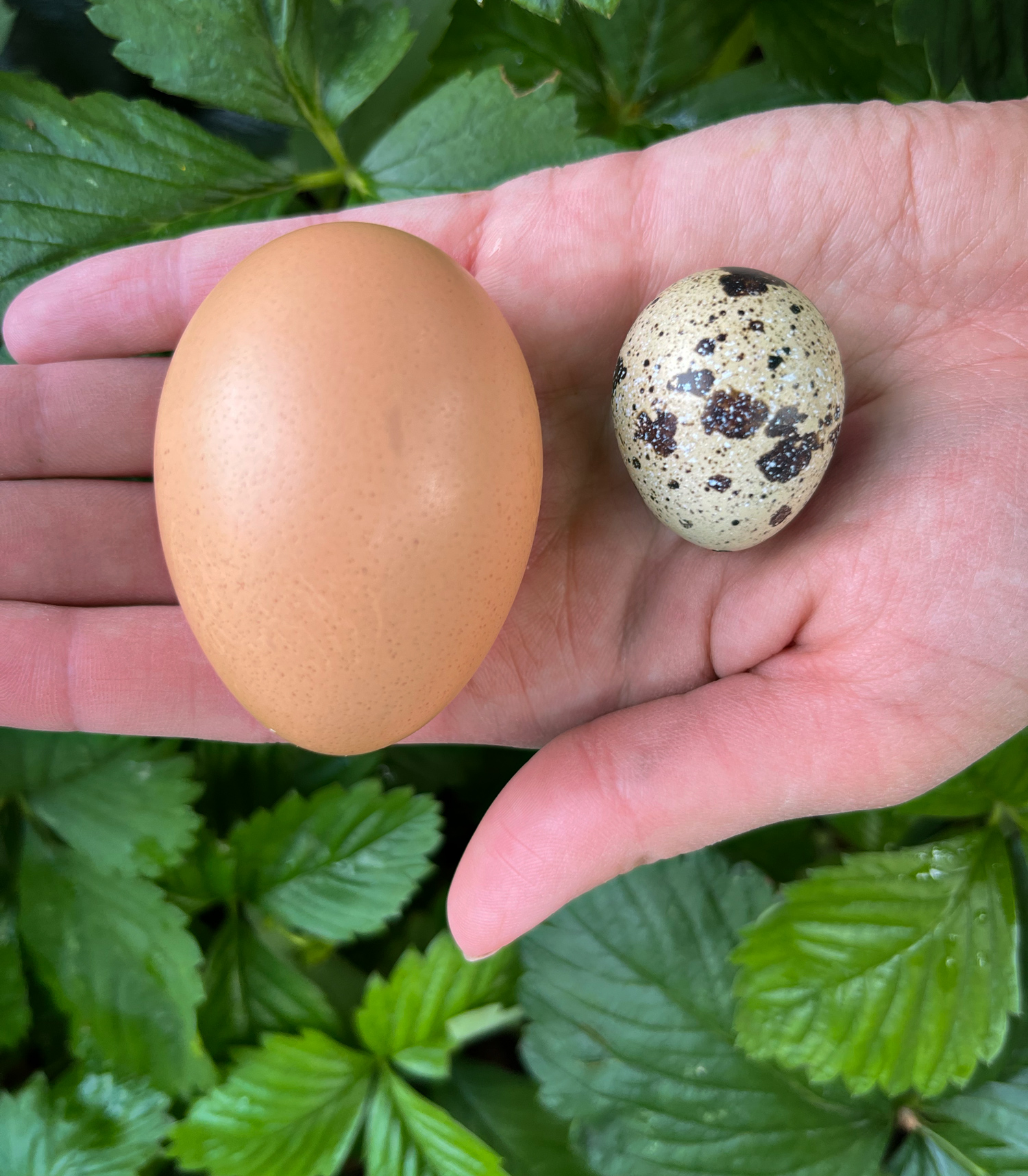
7. Coturnix hens are prolific layers, with most averaging an egg a day during their first year of laying. As with all layers, their productivity decreases with age, but I have had many hens that continue to lay at least 5-7 eggs a week after their first season.
8. Their eggs are nutritional superfoods. Quail eggs are full of Vitamin A and B12, and are packed with choline, selenium, riboflavin, iron, and potassium as well. They are also high in ovomucoid protein, which is thought to be beneficial for those who suffer from seasonal allergies. Another added bonus is that many people who are sensitive to chicken eggs can safely consume quail eggs.
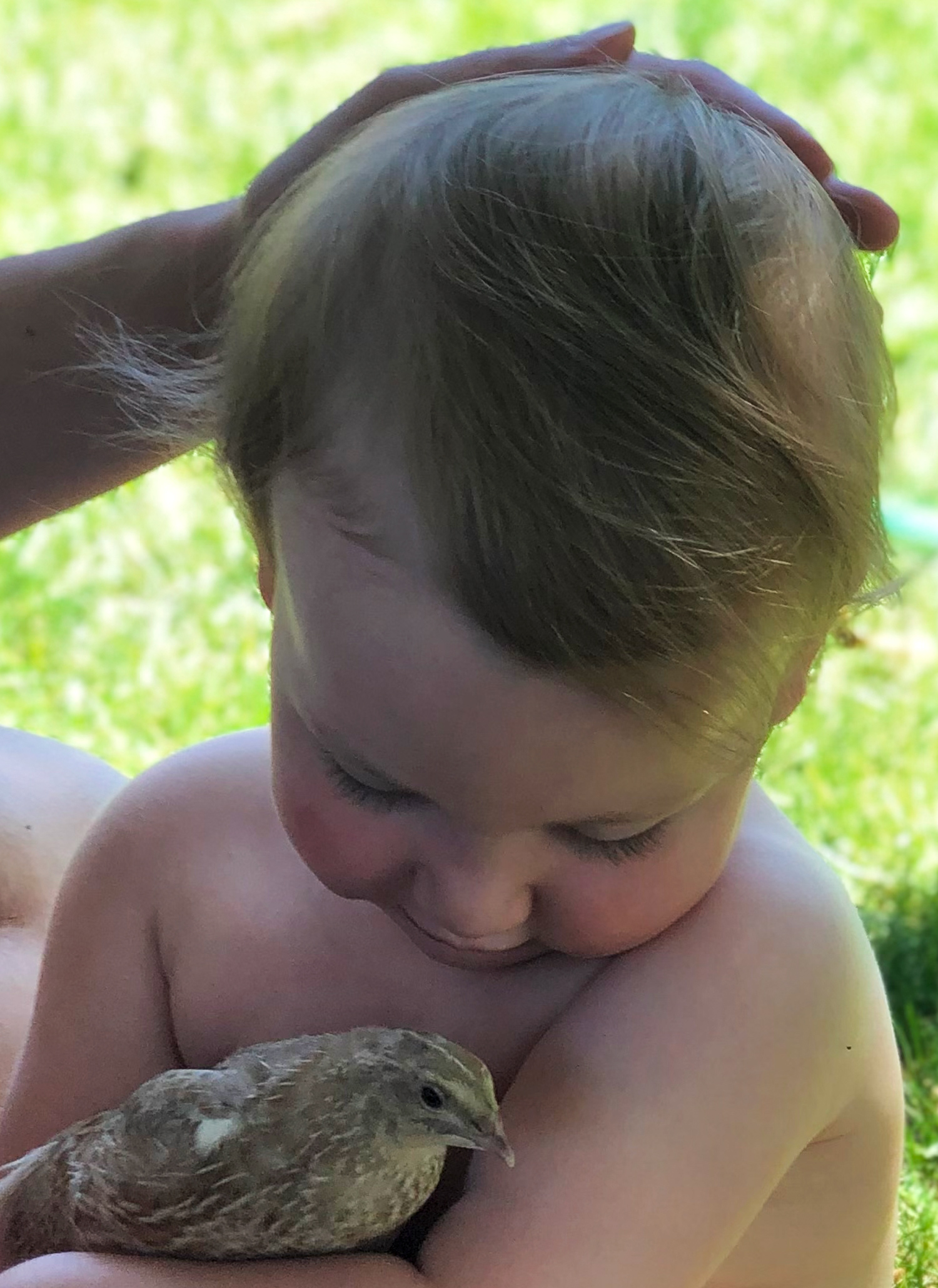
9. Quail are fun and engaging for children. My kids love their chickens and quail equally, but there is definitely something to be said for how tiny and cute quail are. We have a few sweet Coturnix hens that are particularly fond of my children, and they all love snuggling up in a sunny spot together while mama works in the garden. I definitely recommend clipping wings if you will be handling your quail often, as they can move very quickly, and are able to slip under fences with ease.
10. Coturnix are extremely hardy and easy to keep. I live in a climate with very hot summers and frigid winters. My Coturnix require a similar amount of TLC as my chickens during the hottest months, but I have found that they thrive in the cold of winter. While I do keep my quail in an elevated coop, they are exposed to wild birds and my chicken flock via proximity and the scraps that I give them from the garden. I have never once had to treat them for any sort of parasite or ailment. Once they are fully feathered and old enough to be outside, they are incredibly easy keepers!
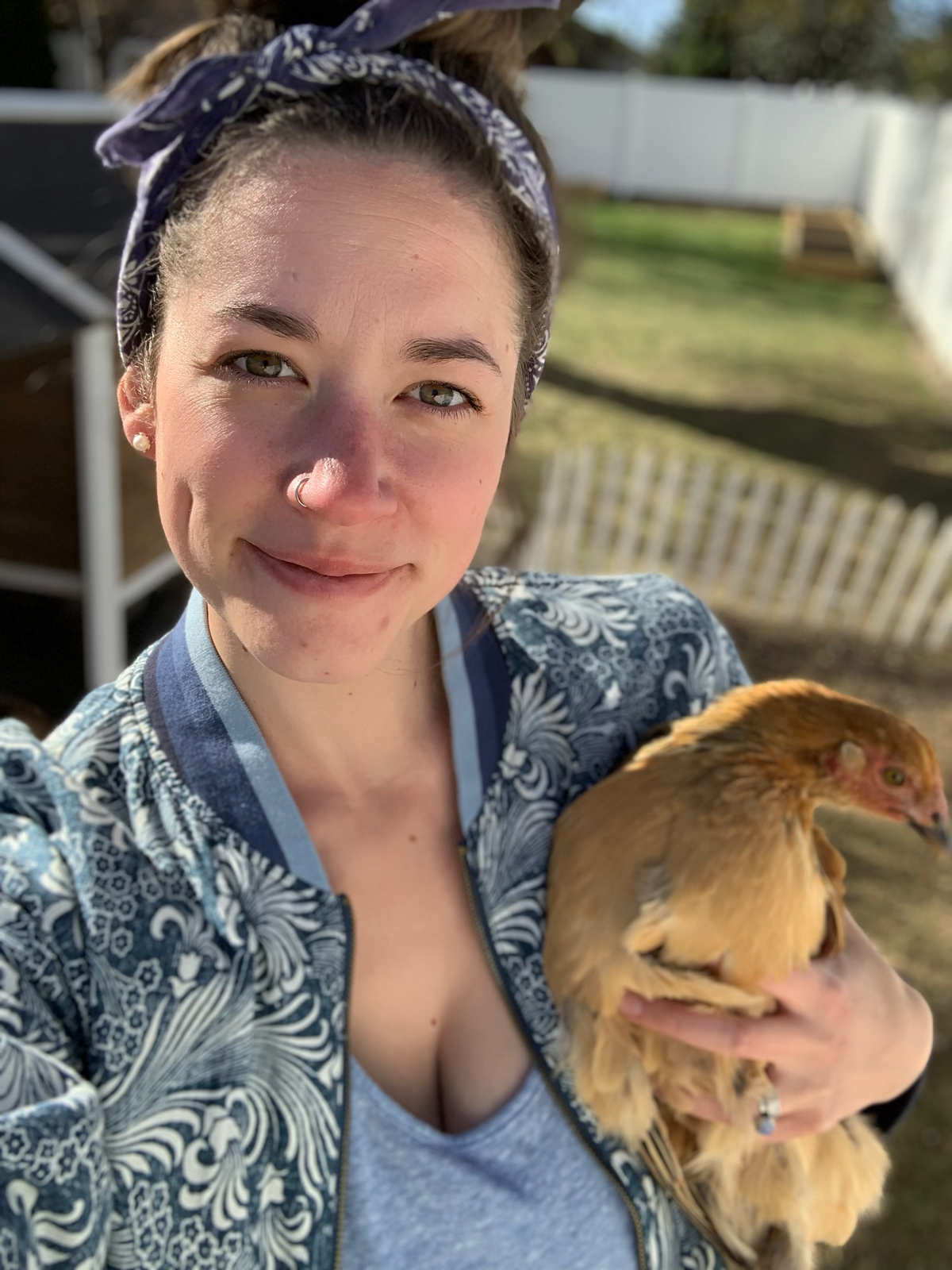
Cassidy Cornell is a mama, homemaker, and backyard chicken enthusiast living in Eastern Washington. She loves gardening, baking, and taking pictures of eggs.

